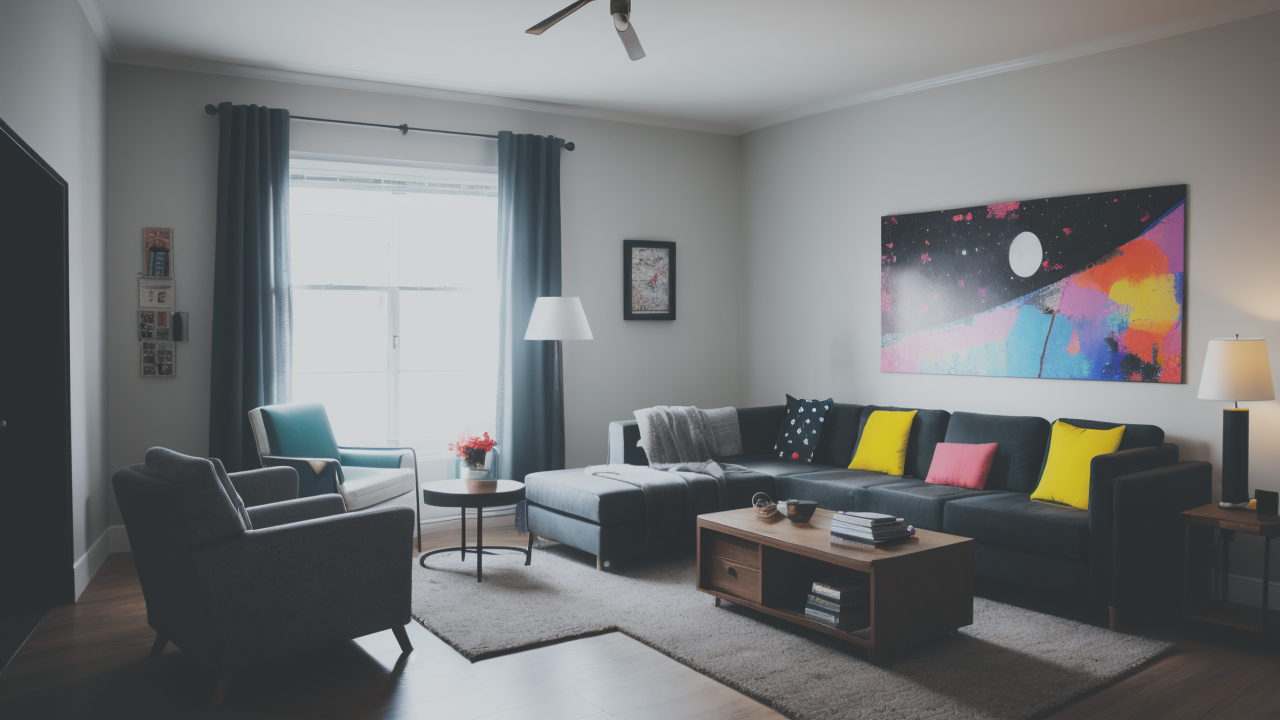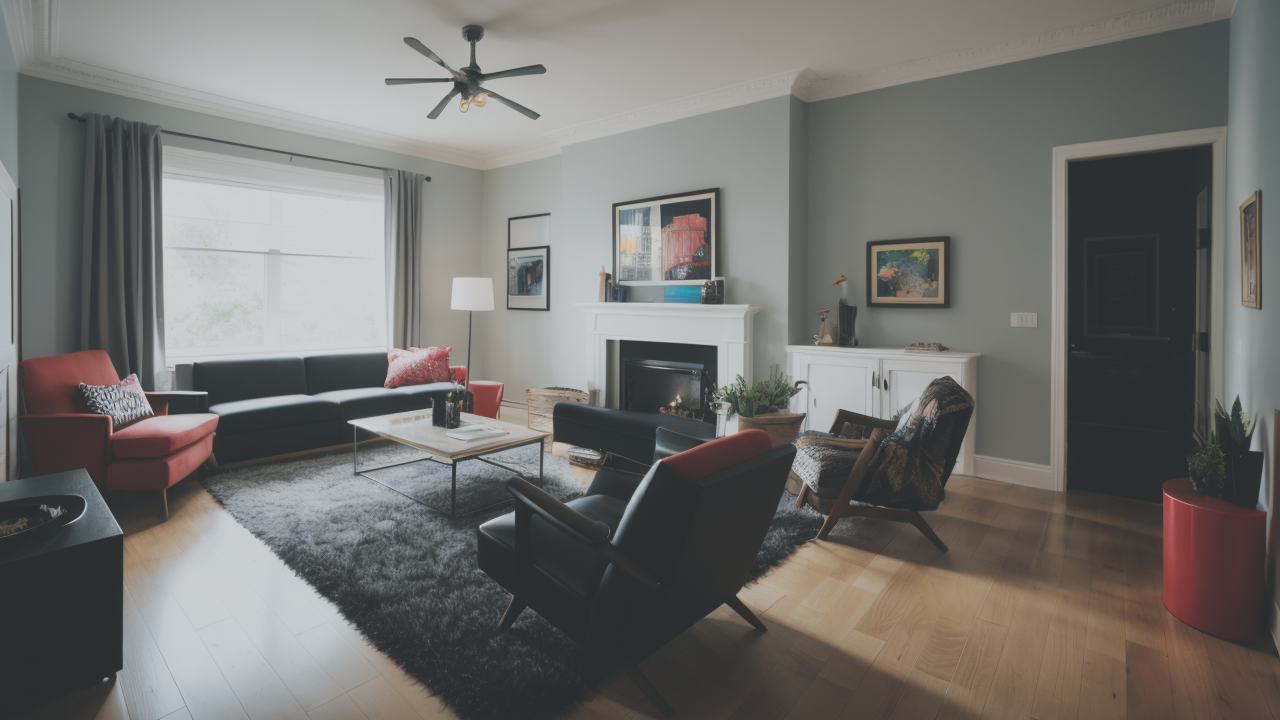
Minimalist Drawings: The Key to Elevating Your Home's Nawabi-Inspired Decor
Understanding Pop Art in the Context of Contemporary Design
The Origins and Evolution of Pop Art
Pop Art emerged in the 1950s as a bold new art movement. It drew inspiration from popular culture and everyday objects. Artists like Andy Warhol and Roy Lichtenstein led the way.

These artists used bright colors and simple shapes in their work. They often featured images from ads, comics, and consumer products. This was a big change from traditional fine art.
Pop Art quickly spread beyond galleries and museums. It began to influence other areas of design. This included fashion, graphic design, and home decor. The style became popular in homes and offices.
Over time, Pop Art evolved. It started to blend with other styles. Today, we see Pop Art elements in many modern designs. It adds a fun, vibrant touch to contemporary spaces.
Pop Art and the Minimalist Movement
Pop Art and minimalism may seem like opposites at first. Pop Art is bold and colorful. Minimalism is simple and clean. But these styles can work well together in modern decor.
Minimalism focuses on "less is more." It uses clean lines and open spaces. Pop Art, on the other hand, makes big statements. When combined, they create an interesting balance.
Many designers now mix these styles. They might use a simple, white room as a backdrop. Then, they add a colorful Pop Art piece as a focal point. This creates a space that is both calm and exciting.
This blend of styles is popular in modern homes. It lets people enjoy the best of both worlds. They can have a clean, uncluttered space that still shows personality.
The Role of Pop Art in American Home Decor
Incorporating Pop Art into Living Spaces
Pop Art has found its way into many American homes. It's a great way to add color and fun to any room. Here are some popular ways to use Pop Art in home decor:

- Wall Art: Large, colorful prints or paintings
- Throw Pillows: With bold patterns or famous Pop Art images
- Rugs: Featuring bright colors or repeating designs
- Lamps: With unique shapes or vibrant shades
- Accessories: Like clocks, vases, or figurines inspired by Pop Art
These items can transform a plain room into a lively space. They work well in homes with neutral color schemes. Pop Art accents are easy to change, allowing for flexible decor.
Many people start small with Pop Art decor. They might add one piece to their living room. If they like it, they can add more over time. This makes it easy to try out the style without a big commitment.
The Impact of Pop Art on Furniture Design
Pop Art has changed the way we think about furniture. Many designers now create pieces inspired by this bold style. Here's how Pop Art has influenced furniture design:
- Unusual Shapes: Chairs and tables with fun, unexpected forms
- Bright Colors: Sofas and armchairs in vivid, eye-catching hues
- Graphic Patterns: Cabinets and dressers with bold designs
- Mixed Materials: Combining plastic, metal, and wood in new ways
These furniture pieces often become the center of attention in a room. They add personality to simple spaces. Pop Art furniture can make a big statement without cluttering the room.
Many people use Pop Art furniture as accent pieces. They might have a colorful chair in a neutral room. Or they could use a patterned cabinet as a focal point. This lets them enjoy the style without going overboard.
Case Studies: Successful Pop Art Decor in the United States
Notable Pop Art Decor Projects
Many American homes have embraced Pop Art decor. Here are two examples of successful projects:

- The Johnson Loft in New York City:
- Features a large Warhol print in the living room
- Uses Pop Art-inspired furniture in primary colors
- Balances bold pieces with white walls and wooden floors
- The Miller House in Los Angeles:
- Displays a collection of Lichtenstein-style prints
- Incorporates Pop Art patterns in rugs and curtains
- Mixes Pop Art elements with modern, minimalist architecture
These homes show how Pop Art can enhance modern spaces. They prove that bold decor can work well with clean, simple design. The key is finding the right balance between fun and function.
Both projects use Pop Art to add personality to their spaces. They show that you don't need to cover every wall with art. A few well-chosen pieces can make a big impact.
How Pop Art Decorates Enhance Modern Living Environments
Pop Art decor brings several benefits to modern homes:
- Adds Personality: It lets homeowners express their unique tastes.
- Creates Focal Points: Bold pieces draw the eye and define spaces.
- Brightens Rooms: Vibrant colors and patterns energize living areas.
- Sparks Conversation: Unique art pieces become talking points for guests.
- Balances Minimalism: It softens the stark feel of very simple spaces.
Pop Art can make a home feel more lively and welcoming. It adds a touch of fun to everyday life. This can be especially nice in homes that are otherwise very simple or serious.
Many people find that Pop Art decor improves their mood. Bright colors and fun images can make a space feel happier. This is why Pop Art is popular in both homes and offices.
In conclusion, Pop Art and minimalism make a great team in modern decor. They offer a fresh way to design homes. This style lets people enjoy clean, simple spaces that still have personality.
Pop Art decor is more than just a trend. It's a way to make your home truly your own. Whether you choose a small accent or a big statement piece, Pop Art can transform your living space.


